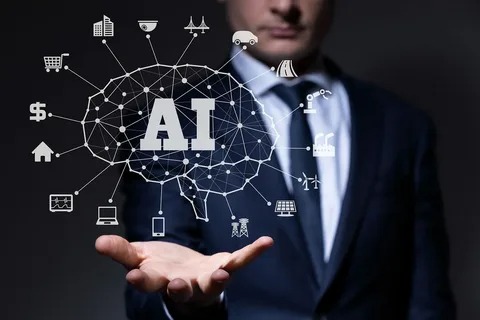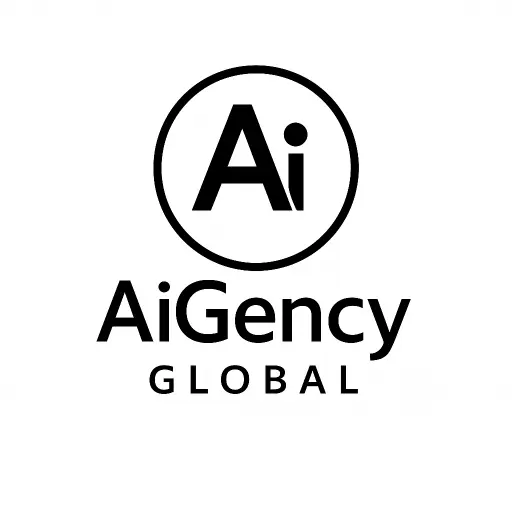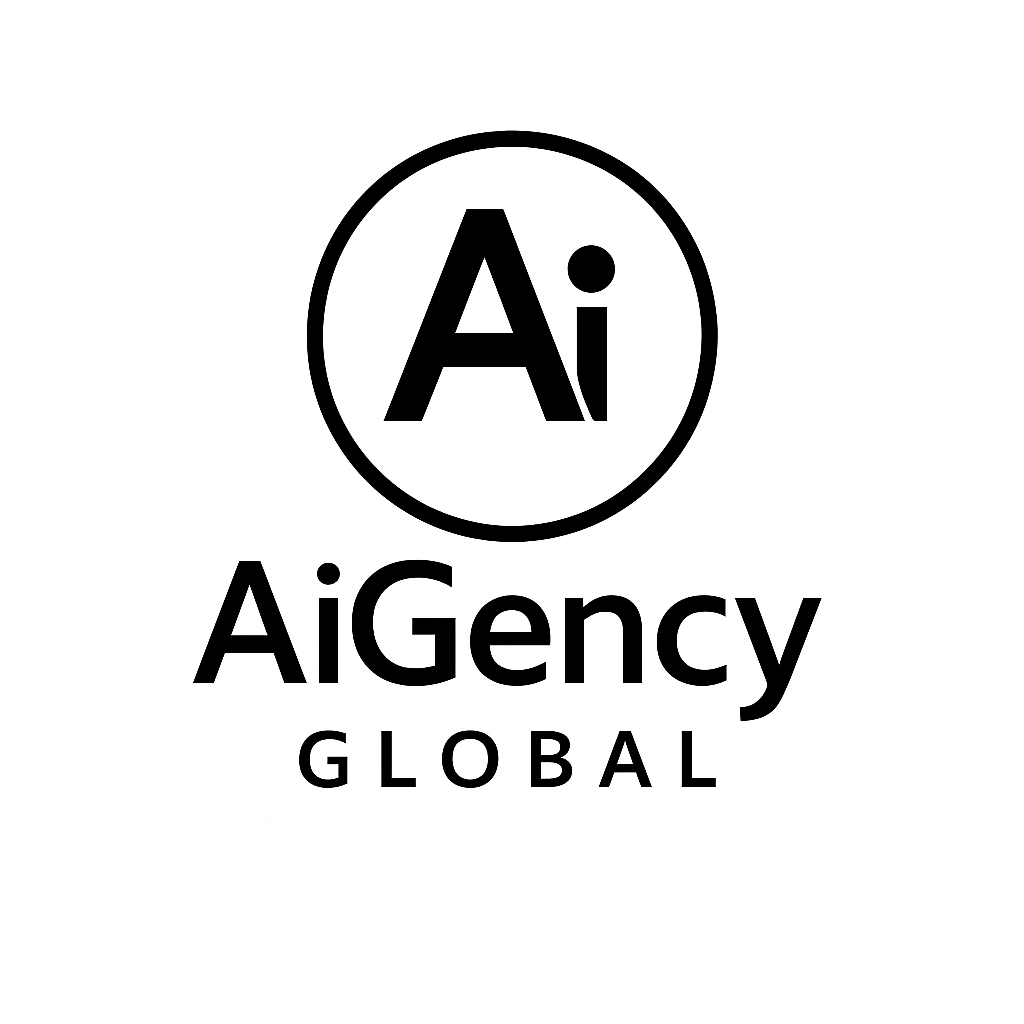
Welcome to the New Office — Where Some Employees Don’t Breathe
Step inside the virtual doors of an AIgency — a workplace where the sales team includes a Salesforce Agentforce bot that never forgets a follow-up, the customer service queue is staffed by AI chat reps that speak five languages, and your finance assistant doesn’t have a desk — or a pulse.
This is not science fiction. This is today’s reality at AiGency Global and across a growing number of forward-thinking businesses.
We’ve moved beyond automation. We’re managing teams of AI agents, and it’s forcing us to rethink everything we know about leadership, collaboration, and what it really means to “work.”
What Is a Digital Worker, Exactly?
Digital workers are AI-powered agents that are designed to perform roles traditionally held by humans — but with speed, scale, and a tireless ability to learn and adapt. They’re more than chatbots and less than human… but somewhere in between, they’re becoming teammates.
They can be:
– Sales Agents – Handling CRM updates, lead scoring, email nurturing
– Marketing Analysts – Generating insights, A/B testing, content creation
– Customer Service Reps – Managing tickets, triaging queries, auto-resolving common issues
– Finance Assistants – Reconciling transactions, tracking expenses, drafting reports
– Legal Bots – Reviewing contracts, monitoring compliance, flagging risks
Each agent is powered by a mix of platforms: Salesforce Agentforce, Microsoft Copilot, ChatGPT, Jasper, Xero AI, Harvey AI, and others.
The Manager’s View: What It’s Like to Lead an AI Team
At AiGency, managing a digital workforce isn’t about monitoring headcount. It’s about curating capability. You don’t hire for personality or culture fit. You hire (or design) for function, precision, and compatibility with human workflows.
Here’s what managing digital workers really involves:
1. Onboarding Is Training Prompts, Not People
When you “hire” an AI agent, you don’t do welcome drinks — you fine-tune prompts and permissions.
Example:
Our digital marketing assistant, built on Jasper and ChatGPT, was onboarded by feeding it our brand tone, past campaigns, SEO keywords, and a content calendar.
The whole onboarding process took 90 minutes. No paperwork. No lost logins. No learning
curve.
2. Productivity Reviews Are Dashboards, Not Conversations
You don’t ask, “How are things going?”
You ask, “How many tickets did ZendeskBot close today vs. yesterday?”
Every agent reports via API — meaning your daily standup is a dashboard, not a meeting.
3. Emotional Intelligence Is Human Territory
Our human team still leads in context, creativity, and empathy.
AI handles the grind; humans handle the grey areas.
Example:
When a customer complaint involves tone, escalation, or a delicate negotiation, a human jumps in.
But 90% of tickets? The bot’s got it.
4. Career Growth Means Retuning, Not Promotion
AI workers don’t need raises — they need retraining.
When our finance bot became too rule-based to handle new invoice types, we didn’t fire it. We retrained it with a few new datasets, adjusted logic, and deployed version 2.1 the same day.
Cost: £0
Time: 3 hours
Improvement: 44% reduction in manual finance queries
5. Termination = Deletion
Sounds cold, but managing digital workers means if something’s not working, it’s removed, replaced, or paused.
You can spin up a customer support bot in minutes — and switch platforms without lengthy handovers or notice periods.
It’s agile. It’s modular. It’s scalable.
Inside a Real Workflow: Sales at AiGency Global
Here’s how one of our hybrid sales pods works:
– Ben (Human AE): Owns enterprise accounts and relationships
– Agentforce-Bella (AI): Handles pipeline updates, outbound sequences, and account insights
– ChatFollowUp (AI): Follows up on web leads 24/7 using CRM logic and language tuning
– CRMMonitor (AI): Flags stalled deals and suggests nudges or content
Ben checks a dashboard every morning, sees AI output, approves or modifies key activities, and focuses on the high-touch, high-value moments.
This hybrid model has tripled Ben’s capacity and allowed him to spend 80% of his time selling, not clicking.
But Let’s Be Honest — It’s Not All Smooth Sailing
Managing AI agents comes with its own challenges:
– Drift: If an AI starts producing off-brand responses, you need to retrain fast.
– Interoperability: Not all systems play well together; syncing AI agents across departments takes architecture and oversight.
– Auditability: Clients want to know “who said what” — AI logs and traceability become mission-critical.
– Human Buy-in: Teams need time to trust their non-human coworkers. Some resist. Some over-rely. You need balance.
What This Means for the Future of Work
Running a business with digital employees reshapes what “team” means. It changes hiring. It changes structure. It changes management.
But here’s the truth:
Companies who learn to manage AI workers now will lead markets later.
– You scale faster
– You operate leaner
– You deliver better, faster service
– You create human roles that are more strategic, fulfilling, and creative
Conclusion: The Hybrid Team Is Here to Stay
At AiGency Global, we’re not imagining the future of work.
We’re running it — daily. With agents. With humans. With results.
Digital workers aren’t here to replace people.
They’re here to take the busywork, the gruntwork, and the repetitive logic-driven tasks off their plates — so your people can do the work only humans can do.
Curious what it’s like to run your first AI-powered department?
Let’s build it together.


